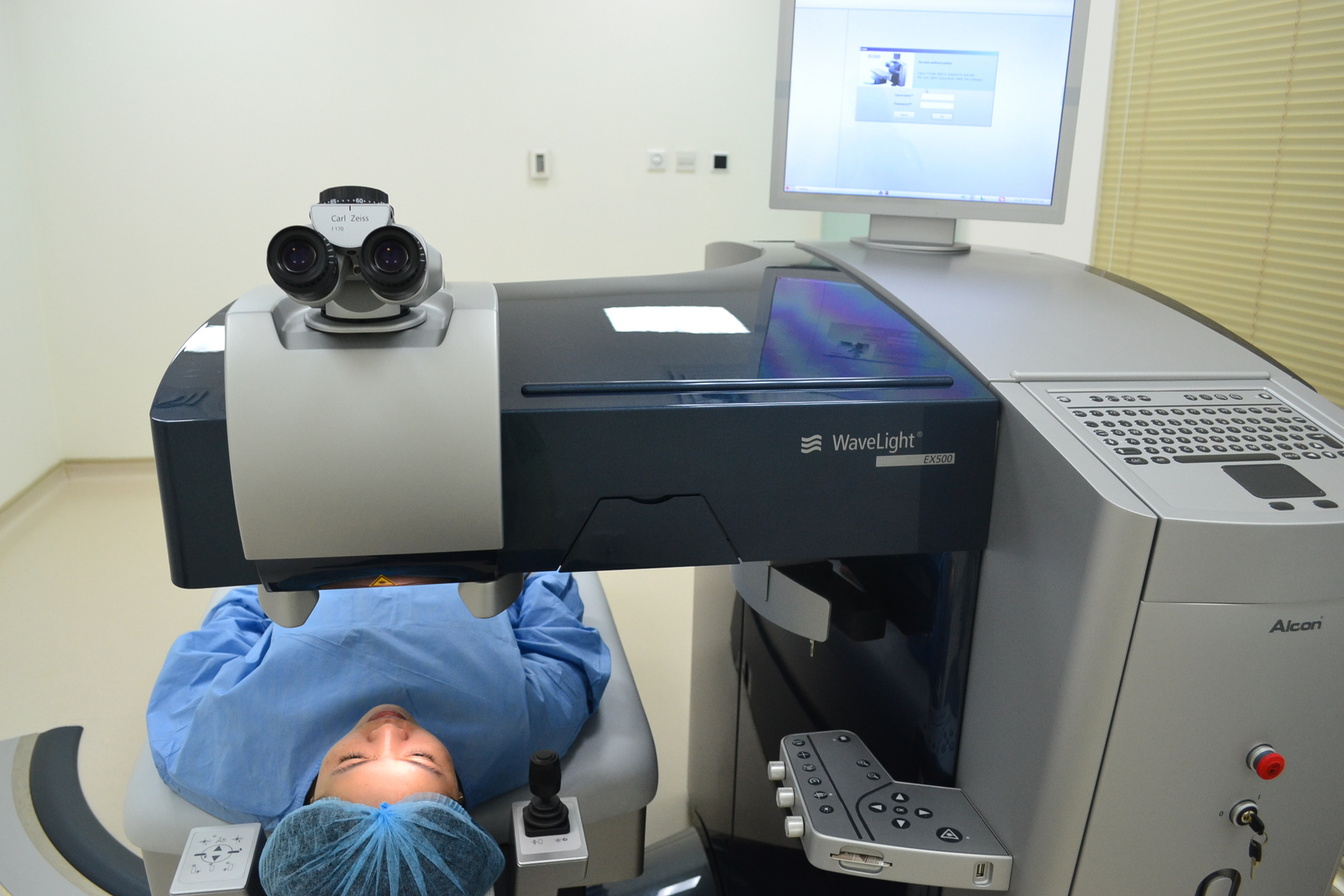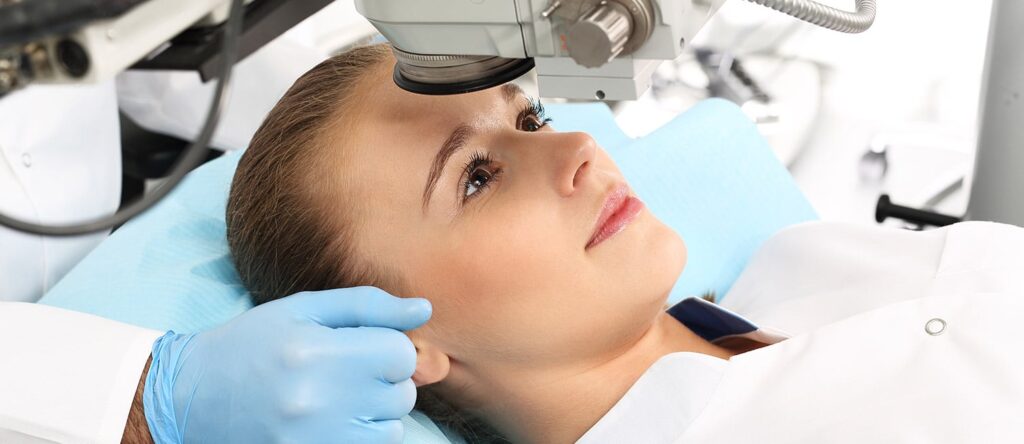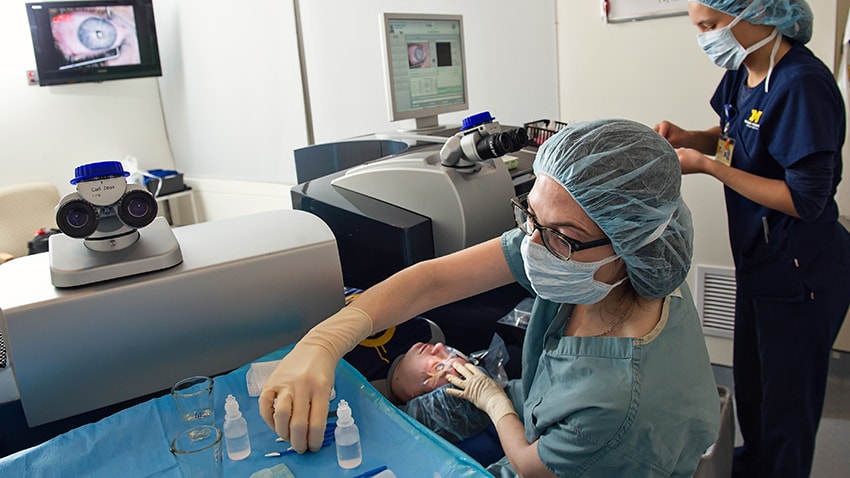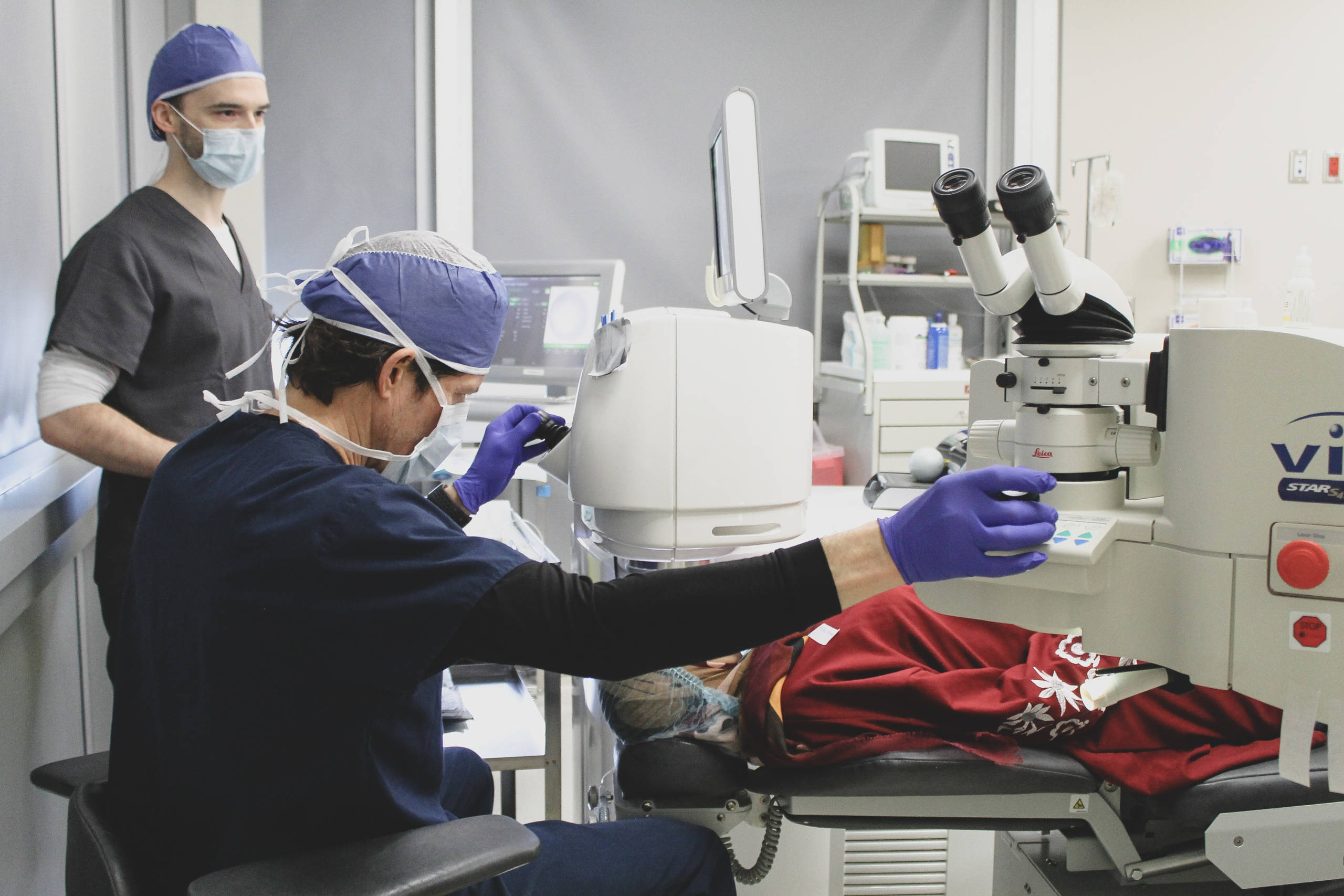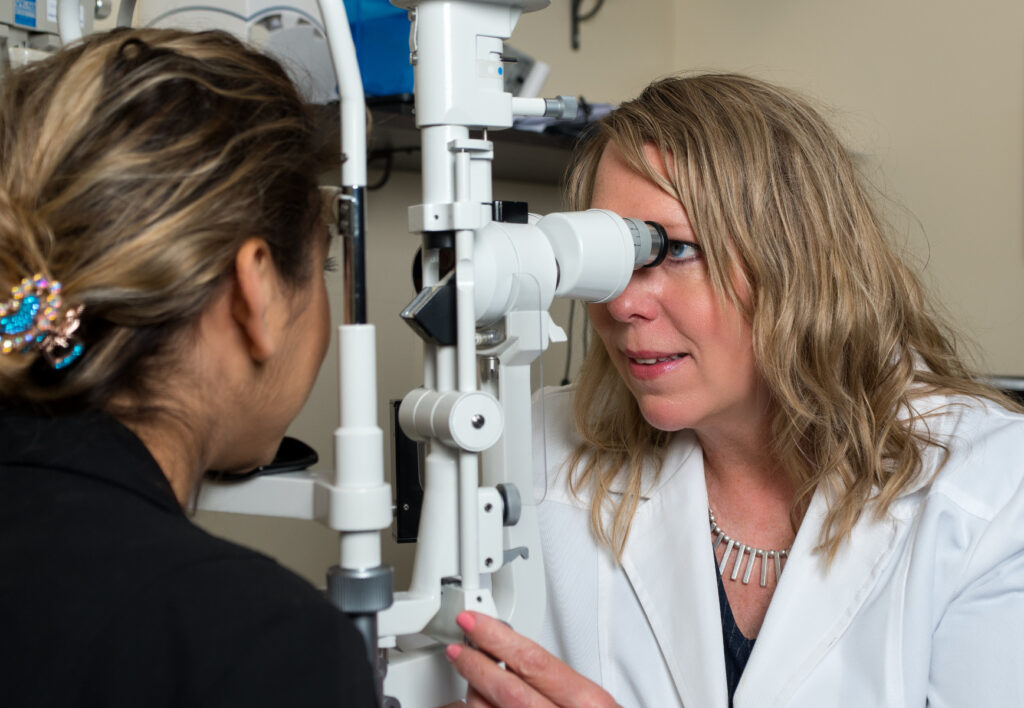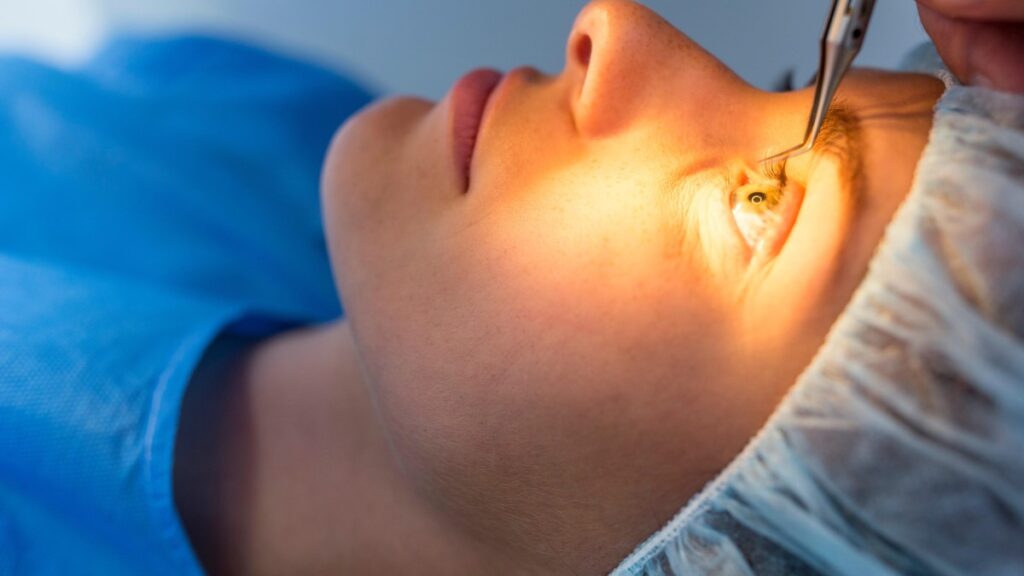Understanding LASIK Eye Surgery
LASIK eye surgery, or Laser-Assisted In Situ Keratomileusis, is a popular refractive surgery designed to correct common vision problems such as myopia, hyperopia, and astigmatism. As one of the most common elective procedures performed worldwide, LASIK has transformed the lives of millions by reducing or eliminating the need for glasses and contact lenses. The procedure is performed on an outpatient basis, allowing patients to return home shortly after the surgery, often with improved vision.
The surgery works by reshaping the cornea, the transparent front part of the eye, to enable light entering the eye to refract properly onto the retina, leading to clearer vision. With advances in technology and technique, lasik eye surgery has become a safe and effective option for those looking to improve their eyesight. Patients often report a newfound sense of freedom and convenience, as they no longer have to deal with the daily hassle of glasses or contact lenses.
The Science Behind LASIK
At the core of LASIK is a precise, computer-controlled laser that reshapes the cornea. This laser technology uses a specific wavelength of light to remove microscopic amounts of corneal tissue in a predetermined pattern. The surgeon maps out the eye’s refractive errors, ensuring accurate reshaping for optimal visual outcomes. The entire process is guided by sophisticated software that takes into account the unique characteristics of each patient’s eyes, leading to highly personalized treatment.
Two main types of lasers are used in the LASIK procedure: the femtosecond laser and the excimer laser. The femtosecond laser creates a thin flap in the cornea, while the excimer laser performs the actual reshaping of the cornea beneath that flap. This combination allows for minimal disturbance to the surrounding tissues and results in quick recovery times. Furthermore, the precision of these lasers minimizes the risk of human error, making the procedure even safer and more effective.
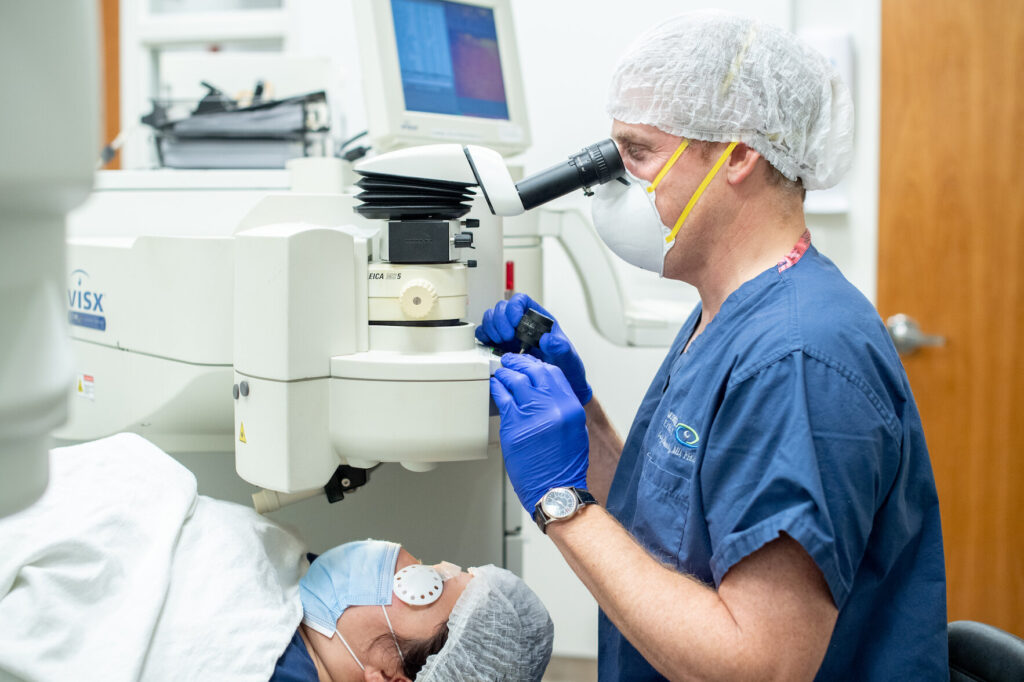
Benefits of LASIK Eye Surgery
One of the primary benefits of LASIK eye surgery is the significant improvement in vision for most patients. Studies indicate that approximately 90% of individuals achieve 20/25 vision or better after the procedure. Other notable benefits include:
Reduced Dependence on Corrective Lenses: Many patients find that they can eliminate or greatly reduce their reliance on glasses or contact lenses.
Quick Recovery: The procedure typically takes less than 30 minutes, with most patients experiencing improved vision almost immediately.
Long-Lasting Results: Once the cornea is reshaped, the results are often permanent, leading to long-term visual improvement.
Minimal Discomfort: Many patients report only mild discomfort during and after the procedure, with significant pain being rare.
Additionally, LASIK can enhance one’s quality of life by allowing for greater participation in activities such as sports, swimming, and traveling without the need for corrective eyewear. The freedom to wake up and see clearly without fumbling for glasses or dealing with contact lenses can be life-changing for many individuals. Read more about the concept of lasik surgery and what to expect at https://www.health.harvard.edu/staying-healthy/lasik-surgery-what-to-expect
Risks and Potential Complications
While LASIK is generally safe, it is essential to understand the risks and potential complications associated with the procedure. Common risks include:
Dry Eyes: Many patients experience temporary dryness after surgery, which may require lubricating eye drops.
Visual Disturbances: Some individuals may experience glare, halos, or double vision, particularly at night.
Undercorrections or Overcorrections: While enhancements can be performed, some patients may not achieve their desired vision correction following the initial procedure.
Infection: Although rare, infection is a potential risk following any surgical procedure.
It is crucial to discuss all these factors with your eye care professional during the consultation to make an informed decision. Understanding your individual eye health, lifestyle, and expectations can help ensure that LASIK is the right choice for you. Moreover, a thorough pre-operative evaluation can identify any underlying conditions that may affect the outcome, allowing for tailored recommendations and a better overall experience.
Preparing for LASIK Eye Surgery
Effective preparation for LASIK eye surgery plays a vital role in ensuring a successful outcome. This process involves understanding the procedure, determining eligibility, and gathering the necessary information to aid in your decision-making.
Determining Your Eligibility
Not everyone is a suitable candidate for LASIK. Factors influencing eligibility include:
Age: Candidates typically must be at least 18 years old.
Stable Vision: Your eyesight must be stable for at least one year prior to surgery.
Prescription Limitations: Your prescription should fall within the acceptable range for correction.
Eye Health: Individuals with certain eye conditions, such as glaucoma or cataracts, may not qualify.
A comprehensive eye exam and discussion with your ophthalmologist will help establish your eligibility. Additionally, factors such as overall health, lifestyle, and specific visual needs will also be taken into account. For instance, individuals who engage in high-contact sports or have demanding visual requirements may need to discuss alternative options with their eye care professional.
What to Expect During the Consultation
The consultation is a critical step in your LASIK journey. During this appointment, your eye care professional will conduct a thorough evaluation of your eyes, including:
Measuring your corneal thickness and curvature.
Assessing the health of your eyes.
Discussing your medical history and any medications you may be taking.
This evaluation will ensure that LASIK is a suitable option for you. It’s also an opportunity to ask questions and express any concerns you may have about the procedure. Your doctor may also explain the different types of LASIK available, such as traditional LASIK or wavefront-guided LASIK, which can offer personalized treatment based on your unique vision needs. Understanding these options can empower you to make an informed decision.
Pre-Surgery Checklist
In the days or weeks leading up to your LASIK surgery, following a pre-surgery checklist can enhance your experience and outcomes. Key items include:
Stop wearing contact lenses as directed, as they can alter corneal shape.
Arrange for someone to drive you home post-surgery, as your vision may be temporarily blurred.
Avoid wearing makeup or applying lotions on the day of surgery.
Follow any specific instructions provided by your surgeon.
By adhering to these recommendations, you’ll be better prepared for your procedure and recovery. Additionally, consider setting aside time to relax and mentally prepare yourself for the surgery. Many patients find it beneficial to engage in calming activities, such as meditation or light reading, to ease any pre-surgery anxiety. It’s also wise to gather any necessary items for your recovery, such as sunglasses to protect your eyes from bright light and a comfortable place to rest during the initial healing period. To learn more about the things you can do before surgery click here.
The LASIK Procedure: A Step-by-Step Breakdown
The LASIK procedure can be broken down into several distinct steps, ensuring that patients are informed and comfortable throughout the entire process.
Pre-Operation Procedures
Before the surgery begins, the surgeon will conduct a final review of your eye measurements and discuss any last-minute questions you may have. The staff will then prepare you for the procedure by administering numbing eye drops to ensure comfort during the surgery. Additionally, the surgeon may perform a comprehensive eye exam to assess your overall eye health, checking for conditions such as dry eye or corneal abnormalities that could affect the outcome of the procedure. This thorough evaluation helps to tailor the LASIK treatment to your specific needs, ensuring the best possible results.
During the Surgery
During the surgery, you will lie down on a comfortable chair, and a special device will be placed to hold your eye open. The surgeon will then create a thin flap in the cornea using the femtosecond laser. After positioning the flap, the excimer laser is used to reshape the underlying corneal tissue according to your personalized treatment plan. The laser is programmed with precise measurements that have been determined during your pre-operative assessment, allowing for a highly customized approach.
The entire process typically takes about 15-30 minutes for both eyes, and patients often describe a sense of pressure but no pain during the procedure. After the reshaping is completed, the flap is gently laid back in place. Most patients notice an immediate improvement in their vision, with many able to see clearly without glasses or contacts by the next day. However, it’s important to remember that visual fluctuations can occur as your eyes heal, and full stabilization may take several weeks.
Post-Operation Procedures
Following the surgery, you will be monitored for a short period before being allowed to go home. It is essential to have someone assist you as your vision may still be blurry. You will receive specific post-operative care instructions, which commonly include:
Using prescribed eye drops to promote healing.
Avoiding strenuous activities and swimming for a week.
Wearing protective eyewear during sleep for a few nights.
Understanding the post-operative care regimen is vital for a smooth recovery after LASIK. In addition to these instructions, your surgeon may recommend follow-up visits to monitor your healing process and ensure that your vision is improving as expected. During these visits, any concerns can be addressed, and adjustments to your care plan can be made if necessary. Many patients also find it helpful to keep a journal of their recovery experience, noting changes in their vision and any side effects they may encounter, which can be valuable information for their healthcare provider.
Life After LASIK: Recovery and Results
Understanding what to expect in terms of recovery and results can help alleviate concerns and ensure a smoother transition to life post-LASIK.
Immediate Post-Surgery Care
Right after the surgery, you may experience some sensitivity to light, blurry vision, and mild discomfort. These symptoms are typically temporary and should improve within a few hours. It’s crucial to follow the care instructions provided by your surgeon, which may include:
Resting your eyes as much as possible.
Avoiding rubbing your eyes.
Taking prescribed medications as directed.
While it is common to see improvements in vision shortly after the procedure, final results may take days or even weeks to stabilize.
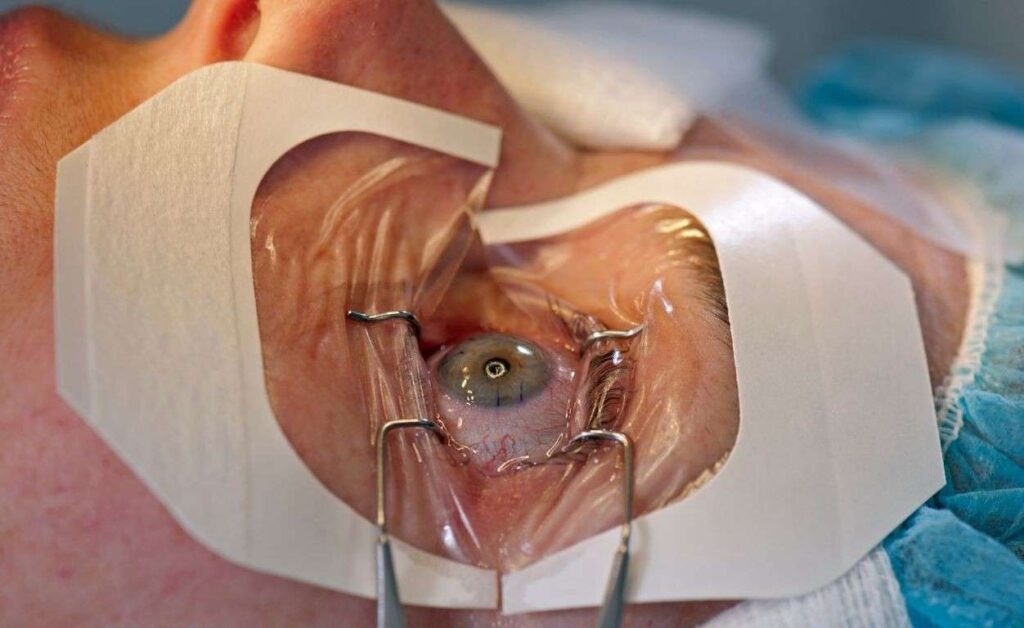
Long-Term Care and Maintenance
Post-LASIK care extends beyond the immediate recovery phase. To maintain optimal vision, consider the following:
Regular follow-up appointments with your eye care professional.
Protecting your eyes from environmental irritants such as dust and wind.
Wearing sunglasses to shield your eyes from UV rays.
Long-term follow-up care is critical to monitor your eye health and address any potential changes in vision over time.
Evaluating the Success of Your Surgery
Success after LASIK can be measured in several ways, from immediate visual acuity improvements to overall satisfaction with the results. Many patients report enhanced quality of life due to improved vision capabilities. Regular check-ups will help assess the sustainability of these outcomes and allow your doctor to address any concerns effectively.
Ultimately, understanding the nuances of LASIK eye surgery will empower you to make informed decisions and embrace the journey toward clearer vision.
Related : Why LASIK Eye Is a Life-Changing Solution for Clear Vision

